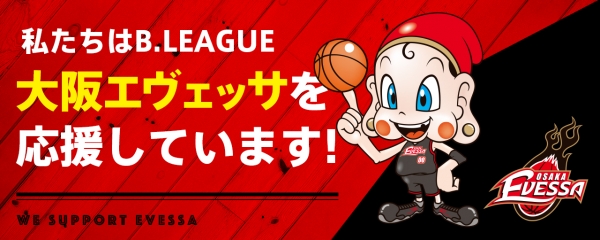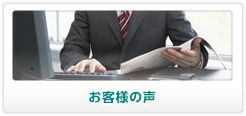SPRING CONSTANT
|
When designing springs, we often talk about stress-strain diagrams and the tensile strength of materials. There are many terms that I don't understand at all, such as yield point, yield strength, modulus of longitudinal elasticity, modulus of transverse elasticity, and Poisson's ratio.
These are the things you need when designing a spring, and I will explain step by step how they are needed.
>Spring terminology (mechanics)
First, let's talk about the spring constant.
To make things easier to understand, let's take the case of designing a compression spring as an example.
For example, if you want a load of 100N with 10mm of pressure, you can create a spring with a spring constant of 10N/mm. Spring constant is the force required to hold down 1 mm. If the spring constant is large, it will not deform even if it is pushed a little. Conversely, if it is small, it will become a fluffy spring.
Mathematically speaking,
"Load = Deformation x Spring constant". It's called Hooke's law.
Robert Hooke (1635-1703) was an English natural philosopher. He is now a scientist. As a result of this law, Hook invented a pocket watch using a spring. Until then, there were only large pendulum clocks.
He was also the first person to identify the smallest unit of living organisms as the "cell" through microscopic observation. He was called ``British Leonardo da Vinci'', but his achievements have been overshadowed by his rival Newton.
Now, let's go back to the spring constant.
Next, in order to achieve a spring constant of 10 N/mm, it is necessary to decide what kind of wire diameter, coil center diameter, and effective number of turns. These three elements determine the spring constant or spring force.
Three factors that determine the spring constant
(1) Wire diameter (2) Coil center diameter (3) Effective number of turns
As a general trend,
The larger the wire diameter, the greater the spring constant. In other words, it becomes a stiff spring.
The larger the coil center diameter, the smaller the spring constant and the more fluffy the spring will be.
The greater the number of effective turns, the smaller the spring constant, resulting in a fluffy spring.
Even if we randomly combine these three elements and randomly make spring prototypes many times, it is difficult to obtain the desired spring constant. It just takes time. At least until the Industrial Revolution, springs were designed in this haphazard way.
Therefore, the relationship between these three elements has been researched for many years to find out if there is a better way to design springs more efficiently. As a result, we found that these three elements are related to the spring constant according to a certain law.
What is the law
"Spring constant = (modulus of lateral elasticity x wire diameter 4 ) ÷ (8 x effective number of turns x coil center diameter 3 )".
Here, a new item called transverse elastic modulus appears. What the hell is this?
(to be continued)
|
||
>YouTube channel [Comprehensive manufacturer of springs "Fusehatsu Industry"] Video is now available!
>New YouTube Channel [Fusehatsu Industry's Spring Making Channel] New manufacturing videos are being updated!
If you press the "Like" button, you will be able to check the latest information immediately.
■PR(Japanese Page)
>Sunday Mainichi "Company style" published.
>Sankei Shimbun full-page color advertisement
>Monthly PHP Business THE21 "Following the topical business people" published.
>It was published in "Premonition of a hit!"
>Published in the ISO information magazine "Intertek News".
> “Higashi-Osaka Industrial Photo Exhibition” at the former Kawazumi family of the Higashi-Osaka Shimbun Photo exhibition of factories and public baths, as well as anti-infection products
>Higashi-Osaka Shimbun corner of Fusehatsu Industry exhibiting photos of springs and machinery
>Kinzoku Sangyo Shimbun Fusehatsu Industry Developing new customers through SNS
Became an official sponsor of the professional basketball team "Osaka Evessa"!
>Blog "Spring and Kurasu" [Became an official sponsor of a professional basketball team]
 |
メールアドレスはこちら
![]()








